
FreedomBox activities at Debconf11
I spent the last two weeks of July 2011 in Banja Luka. The occasion was the
annual
Debian developer's conference,
Debconf11 and preceding work week known as
Debcamp. This was my tenth successive year attending Debconf, and I had a
very productive and pleasant time! The facilities were good, the local team
was friendly, enthusiastic, and very helpful, and in addition to giving three
talks and hosting a couple panel discussions, I managed to put a burst
of energy into work on
FreedomBox. Several
other developers working on FreedomBox were also present, and a good number of
Sheeva
and
Dream
plugs were evident in the hacklabs sporting new FreedomBox stickers.
Working together in the same place for several days, we made good progress
on several projects, and also had some great discussions about what we want
to do going forward.
image building tools
For some time, I've been working towards a light-weight tool set to build
FreedomBox software images. Shortly before Debconf started, I chose the
name 'freedom-maker' for this tool and shared a link to a readable copy of my
git repository with other developers I expected to work with in Banja Luka.
With input from Bert Agaz and Jonas Smedegaard during Debcamp, freedom-maker
went from almost useful to actually useful. It still deserves work to be
more useful to others, but I have now pushed a copy of the git repository to
git.debian.org so that we can take advantage of the tools supported there to
enable others to more easily contribute to the code.
Very soon, Bert plans to add support to freedom-maker for using Lars Wirzenius'
vmdebootstrap to build x86 images
suitable for testing in a virtualized environment. At the same time, we plan
to refactor the existing code slightly
to enable lists of desired packages for the various image flavors we expect
to produce independently of the configuration for each specific image building
tool.
Jonas continued in parallel to work on his alternate packaging toolset
boxer.
It offers some potentially interesting features for the future, and we may
eventually merge some or all of it into freedom-maker, but for now it remains
a separate utility.
uAP user space tools
Several weeks ago, we received from Marvell the source code to two user space
programs that are necessary for configuring and monitoring the binary firmware
provided for the uAP wireless chip used in the DreamPlug. Early during my
stay in Banja Luka, I packaged these for Debian as
uaputl and
uapevent, and I am pleased to note
that they were quickly accepted into the archive and are now present in Debian
mirrors.
u-boot
Another bit of code received very shortly before Debconf started was the
source for the version of u-boot shipped by
Globalscale in the DreamPlug
units we're working with. During Debcamp, Clint Adams passed a copy of this
source to Jason Cooper, who was already trying to add support for the
DreamPlug to upstream u-boot, but had stalled due to a lack of
information. Jason has now merged his own work with the sources we got
from the manufacturer, and is
making good progress towards merging DreamPlug support into upstream u-boot.
Once that happens, we should be able to flash our Sheeva and Dream plug devices
with a u-boot image built from the source in the Debian u-boot package, in the
process enabling things that matter to us like the ability to boot from an
ext2 partition, and hopefully the ability to execute command scripts from that
partition instead of having to hard-code kernel filenames in flash. This will
allow us to support the ongoing effort in Debian to move away from the need
for kernel symlinks.
DreamPlug kernels
With respect to kernels, another work stream at Debconf primarily involving
H ctor Or n and Nick Bane was to analyze the current state of the patches from
Marvell and Globalscale used to support the DreamPlug against both upstream
and current Debian kernel sources. To my surprise and our collective pleasure,
the remaining patch set required against current upstream kernels is much
smaller than we previously believed! There are still several patches critical
to us that are not merged upstream, but the work remaining to be able to build
images for our devices from mainline and Debian kernel source trees now seems
like something we might be able to complete before Debian's next stable
release.
One of our discoveries during the u-boot and kernel work during Debconf was
that Globalscale did not obtain a new machine id for the DreamPlug, but
instead re-used the one for the GuruPlug series, despite there being some
differences in the hardware that require at least one additional driver. After
much discussion, we plan to continue using the existing machine id instead
of requesting another, particularly because the ARM kernel community
has apparently stopped issuing new ids for the moment. We will add a new
kernel config option for the DreamPlug, however, and are likely to build
distinct Sheeva and Dream kernel packages that do not require initrd for use
in FreedomBox images, even if doing so is not strictly necessary. This will
allow us to optimize both the in-memory footprint and boot times for our
devices.
software configuration
Another area of investigation in Banja Luka was technology for package
configuration. Mirsal Ennaime performed various tests using debconf and
Config::Model, with some results reflected in
this commit
relating to configuring the bitcoind daemon in the bitcoin package for Debian.
identity and trust management
While we did not actually do any FreedomBox specific work on the trust
management layer we know is necessary, after several rounds of conversation,
I am now more convinced than ever that the right path forward is to base our
trust relationships on OpenPGP keys using GnuPG and Monkeysphere as starting
software elements. Our thinking to date is captured on an
Identity Management
page in the wiki.
communication services
Another thing that became fairly clear to me during discussions at Debconf
is that in the near term, planning to build communication services around
XMPP is the approach most likely to give good results. Investigating the
software choices available to build an interesting XMPP infrastructure is
now a high priority for me. Jonas has done some work towards
configuring and integrating
ejabberd
or
Prosody, I've started studying
yate as a possible call manager and VoIP
server choice with
XMPP/jingle support, and we await with great interest a release from the
Buddycloud developers to evaluate as
a possible basis for deploying social network services.
Some of these software choices will lead us to use Apache as our web services
base technology because of the need for features that only it supports well
among daemons that are Free Software.
Jonas completed packaging
GNU Sip Witch
for Debian, and it is now available in the mirror network. Tzafrir Cohen and
Jonas did some initial testing on its use.
documentation
A number of new
wiki pages were written
(or at least started) in order to sum up ideas, design various aspects of
FreedomBox, and reflect discussions that happened during DebConf11. A lot
of work is needed to complete these pages though, as well as others to capture
more of the current state of the project.
press coverage
Finally, while in Banja Luka I got some great press coverage for FreedomBox!
On Sunday the 24th, I was
interviewed
by the main television network serving the Republika Srpska. This led
to a couple of minutes of coverage near the top of the national news program
that night, immediately following the lead story about the President and
several ministers appearing at Debian Day that morning to help open the
conference. This interview was later re-used in
another TV program
that summarized Debconf11. On the morning of Thursday the 28th, I was part
of a small group that spent more than an hour meeting with the Minister of
Science and Technology in his office, and the relationship between Debian
and our work on FreedomBox was one of the items of discussion in that meeting
and the associated press conference. I'm told this resulted in more press
coverage, but if true I have not seen it yet.
summary
On Friday afternoon the 29th, I gave a talk in the main Debconf program containing a
FreedomBox Progress Report . In it, I talked about the structure of the FreedomBox Foundation, progress the foundation has made, and the work that was still then underway in Banja Luka. It was streamed live over the internet, and replays are available online. The reaction from Debian developers present was very positive, which was good to learn since by that time my energy level was quite low after the nearly two weeks of intense technical and social interaction that is Debconf!
All in all, we got lots of work done on FreedomBox in Banja Luka, enough that
I think at least the next few steps along the road towards an eventual "1.0"
release of a reference implementation are now much clearer than they were two
weeks ago!
 I have an interesting problem: How do I shoehorn "hired by The Internet for
a full year to work on Free Software" into my resume?
Yes, the git-annex Kickstarter
went well. :) I had asked for enough to get by for three months. Multiple
people thought I should instead work on it for a full year and really do
the idea justice. Jason Scott was especially
enthusiastic about this idea.
So I added new goals and eventually it got there.
I have an interesting problem: How do I shoehorn "hired by The Internet for
a full year to work on Free Software" into my resume?
Yes, the git-annex Kickstarter
went well. :) I had asked for enough to get by for three months. Multiple
people thought I should instead work on it for a full year and really do
the idea justice. Jason Scott was especially
enthusiastic about this idea.
So I added new goals and eventually it got there.
 Don Marti thinks the success of my Kickstarter
validates crowdfunding for Free Software.
Hard to say; this is not the first Free Software to be funded on
Kickstarter. Remember Diaspora?
Here's what I think worked to make this a success:
Don Marti thinks the success of my Kickstarter
validates crowdfunding for Free Software.
Hard to say; this is not the first Free Software to be funded on
Kickstarter. Remember Diaspora?
Here's what I think worked to make this a success:
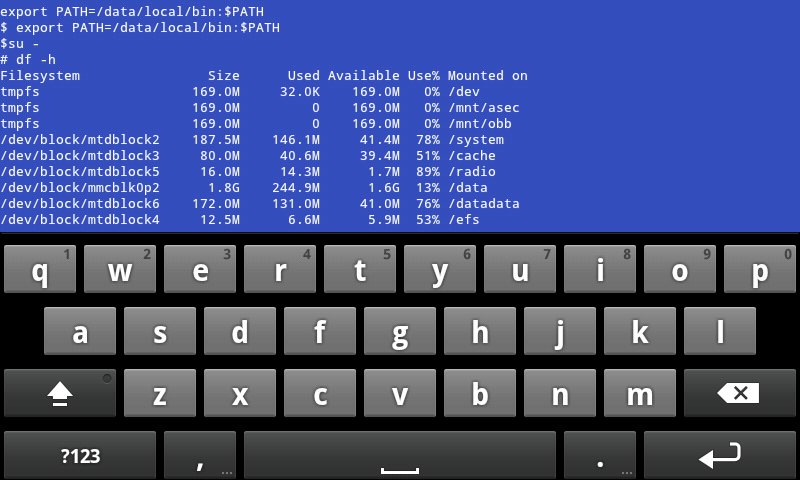 I started by explaining why having root access to your system is really important, including
I started by explaining why having root access to your system is really important, including 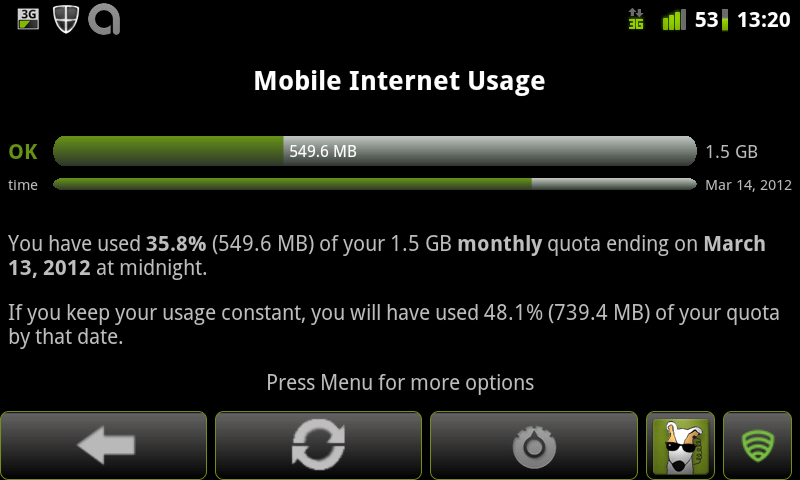

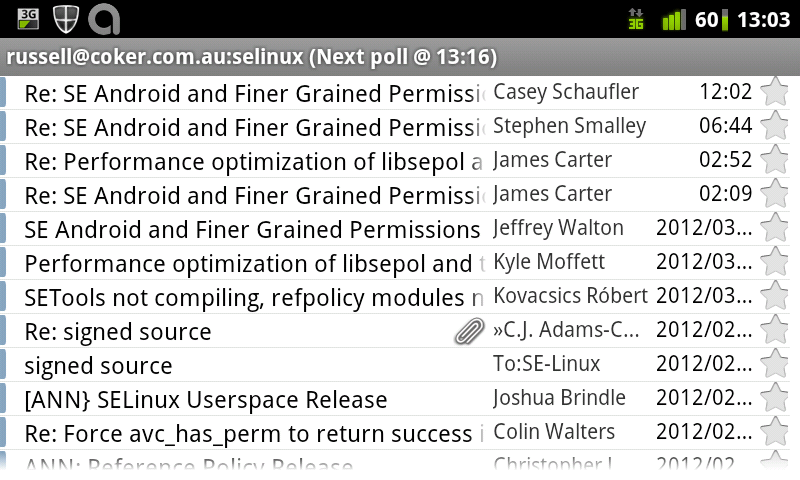

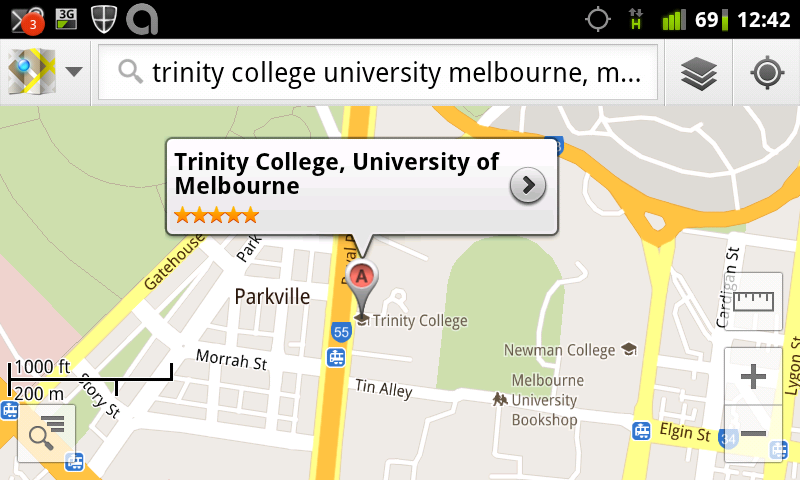 The Google Maps client comes with every Android system, the above shows the location of the LUV meeting.
The Google Maps client comes with every Android system, the above shows the location of the LUV meeting.
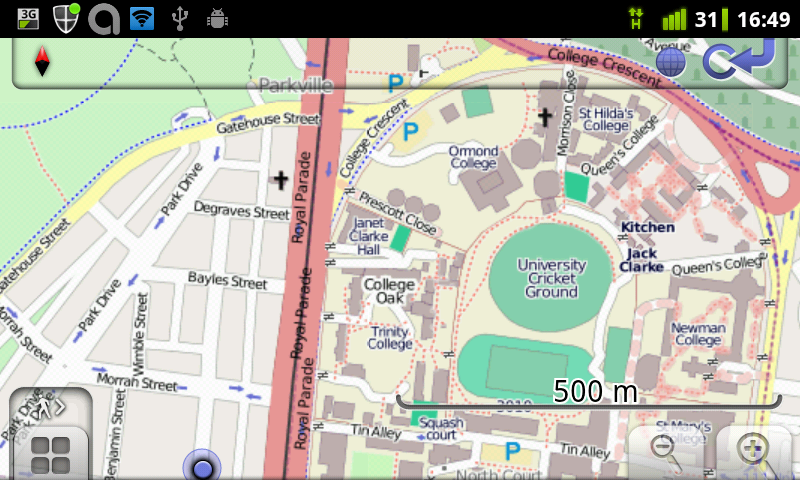
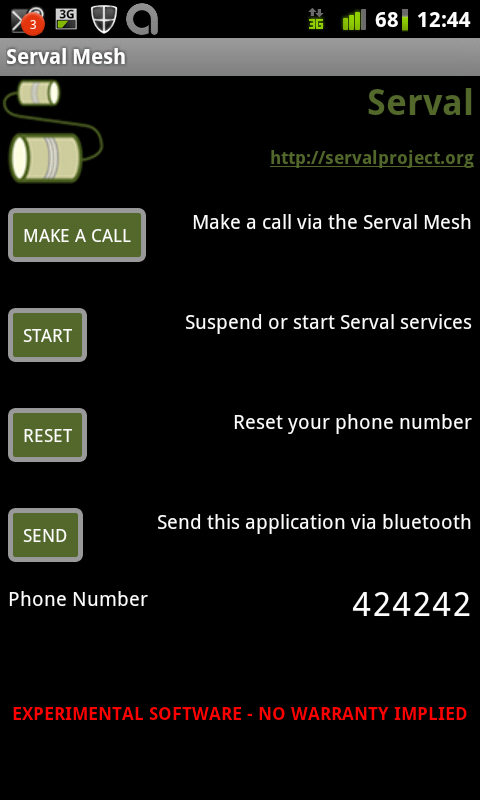
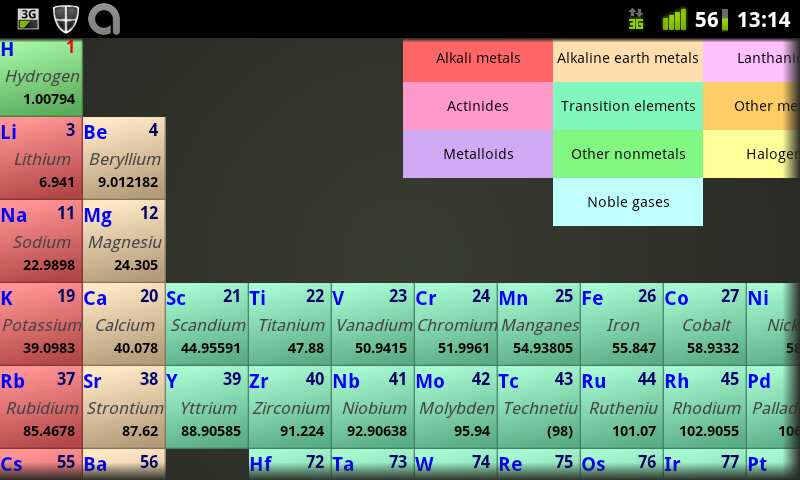
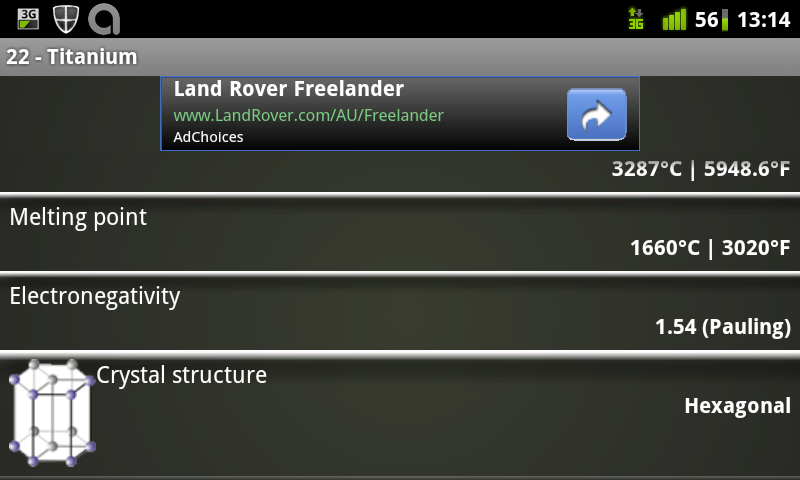


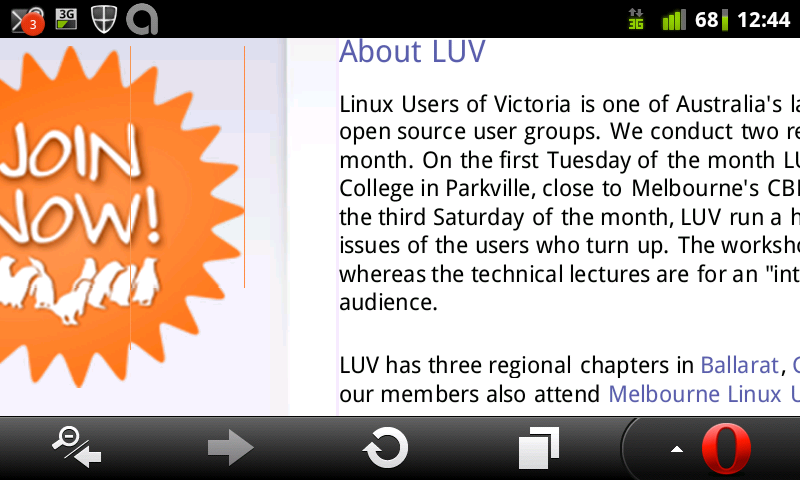
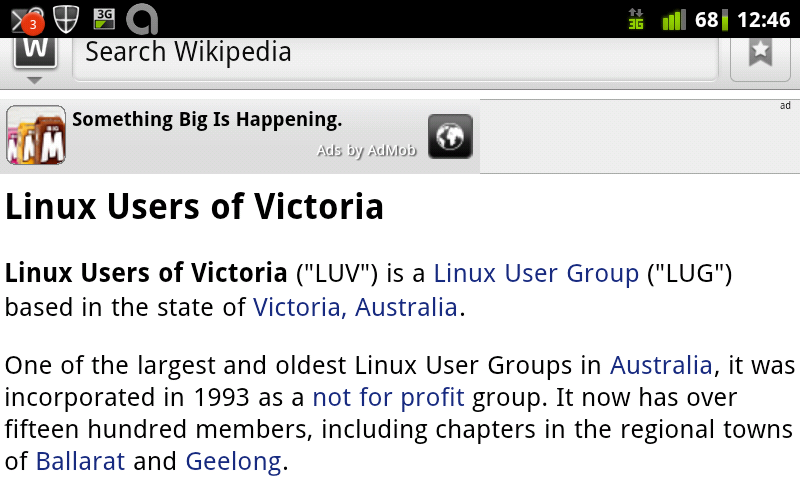
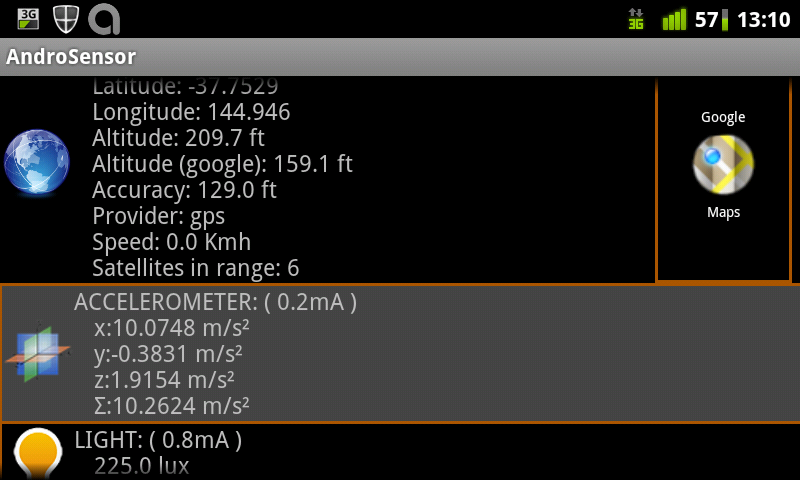
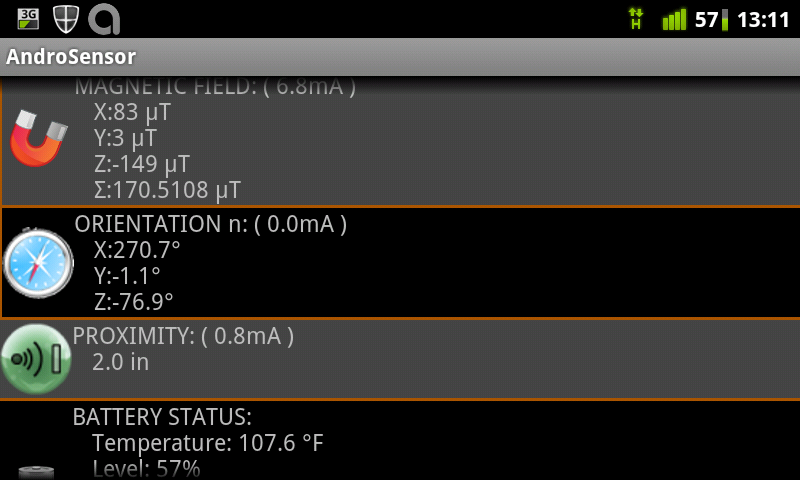
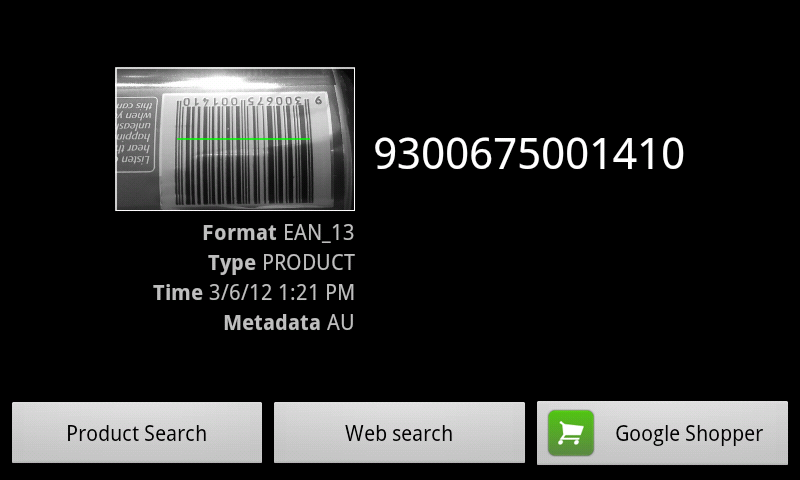
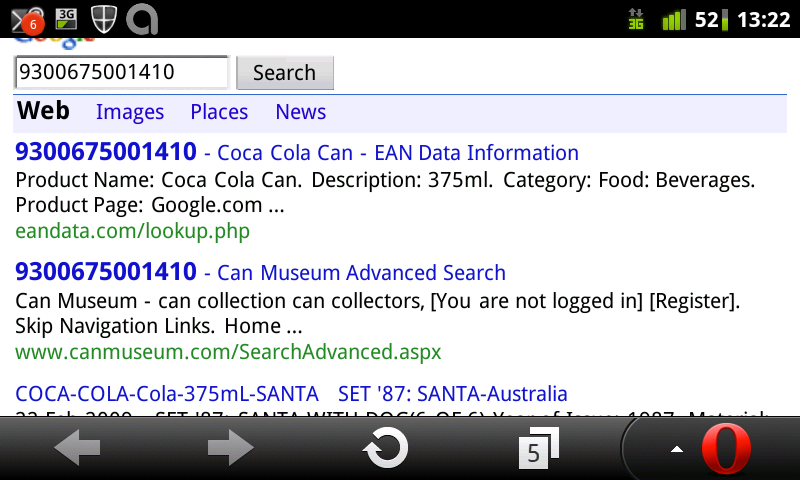


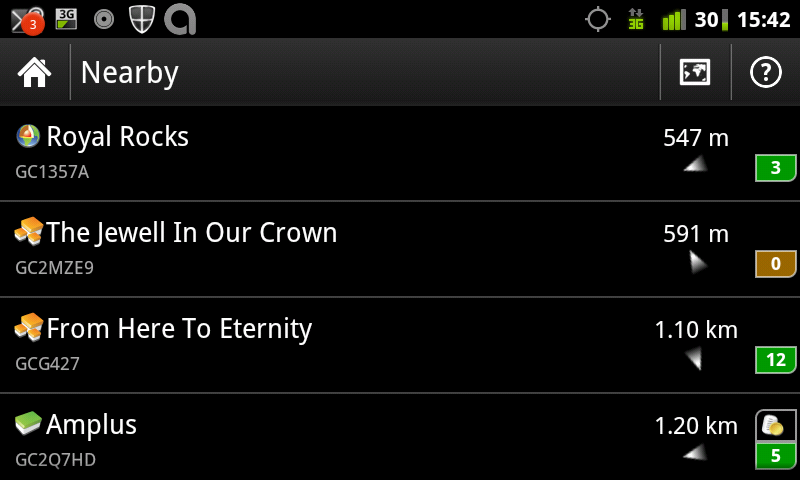

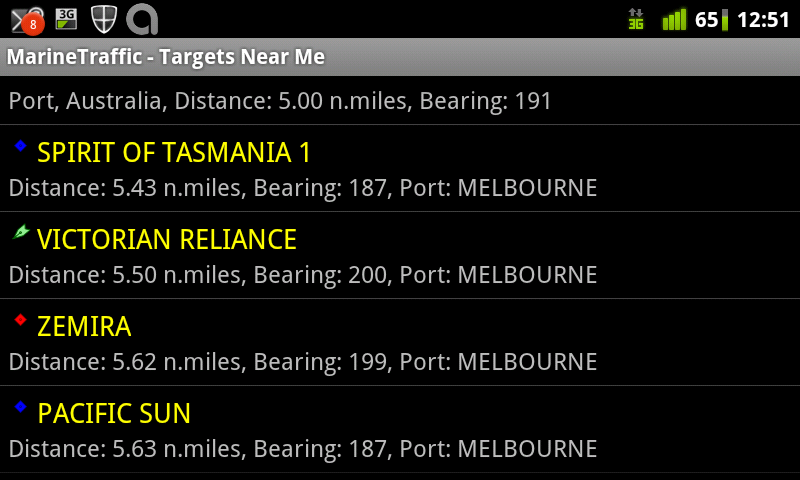
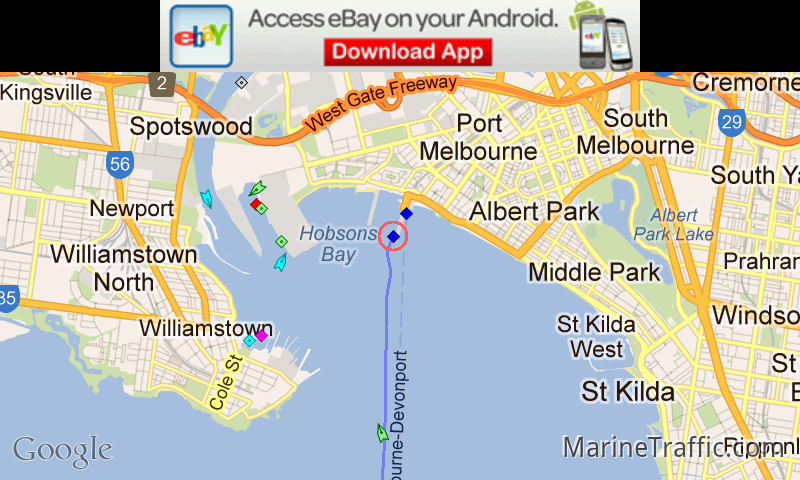


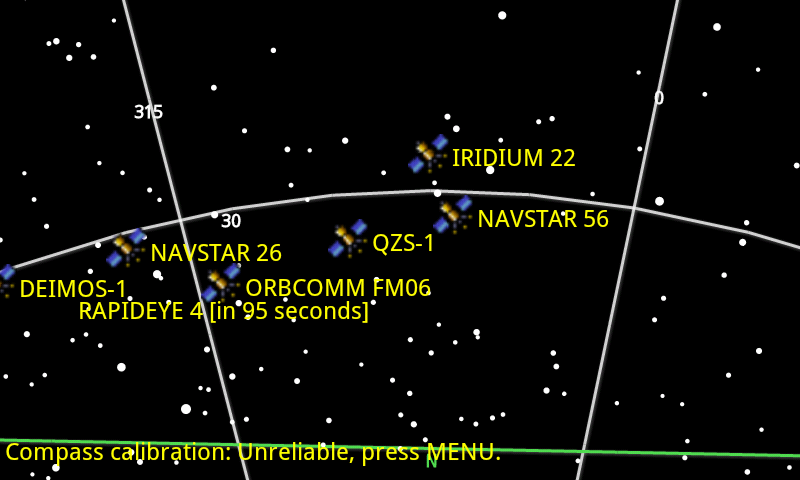
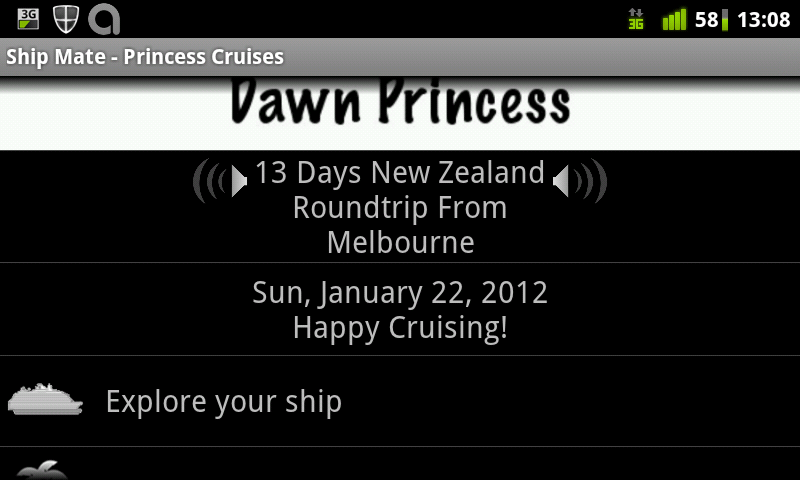
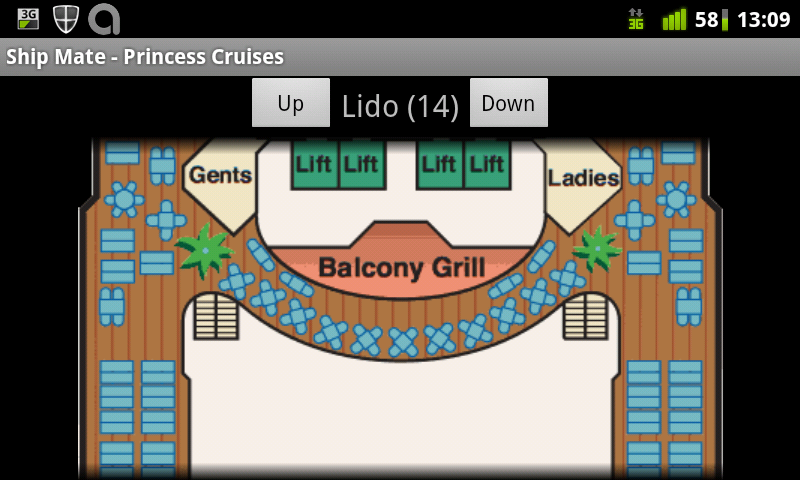
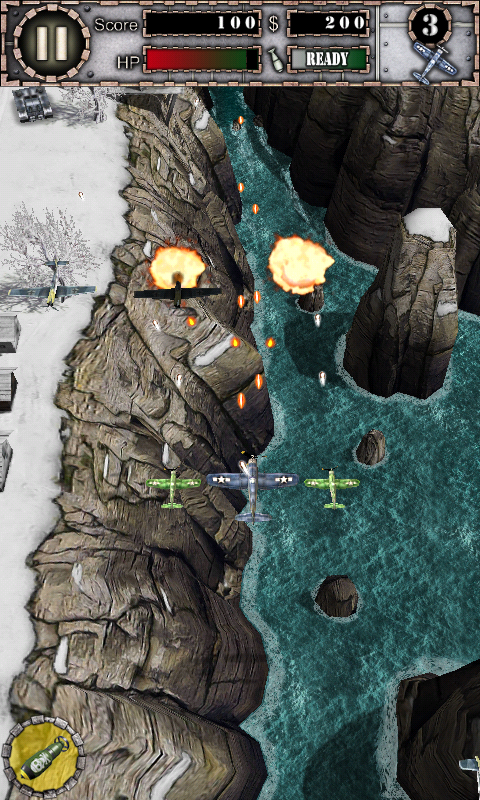






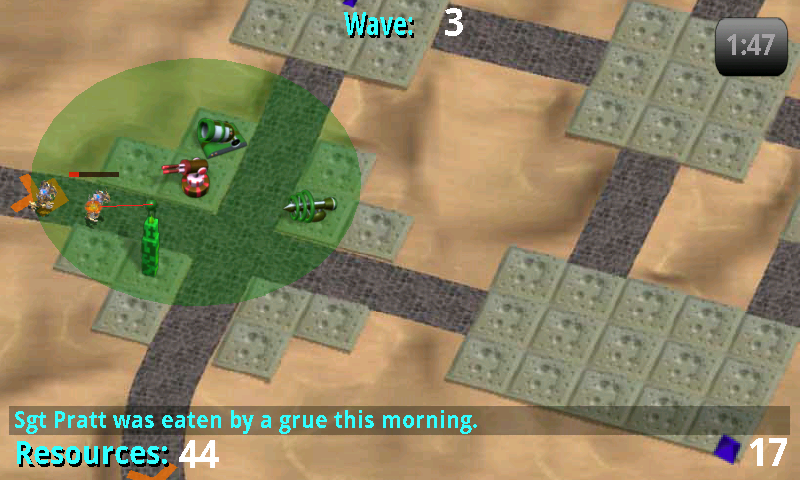
 I had a bit of an adventure yesterday, which would have taken some
explaining if the police had gotten involved. It went a little something
like this...
My friend and former co-worker Sara was in the US Virgin Islands for the
holidays. Her boyfriend, Karl, flew there separately for the tail end of her
time there.
Yesterday, I received a phone call from Sara, saying that Karl had managed
to fly out to the Virgin Islands without his passport. Apparently you can
get there without one, but to get back into the mainland US, you need one.
She wanted to know if I could get one of my lock-picking co-workers to break
into their apartment and retrieve Karl's passport and mail it them. Karl was
supposed to fly out the next day. Attempts by Sara to contact her landlord
had failed, so they didn't have many other options (apart from mailing me a
key, which would have cost them another day).
I asked one of my co-workers, Jason, who I knew was into lock picking, if he
was up for it, and he offered to put me in touch with another guy who had
dominated the recent lock picking night that he'd run.
So now I'm talking to David, who's on board with the mission, but doesn't
have his lock picking gear on him. No problem, Jason says he'll lend me his,
which was at work with him. So we have a plan.
Our friends Ian and Melinda are currently in Australia. They've lent us
their car because it's leased, and they have some minimum mileage they're
supposed to do and they're under it, so I've been driving to work in their
car some days. As it happens, I drove to work in it yesterday.
So now David and I set out in a car that neither of us own, with a lock
picking set that belongs to another person, to break into an apartment of
someone who's in the Virgin Islands. What could possibly go wrong?
I'm told that it's not illegal to own a lock picking set, but if you're
caught with one on your person and you're not a locksmith, you can get into
all sorts of trouble. On top of that I'd have a hard time explaining the car
I'm driving.
We get to Sara and Karl's condo complex. It has a common gate that visitors
would normal get buzzed through. Turns out it's not that hard to climb over.
It's got some benign-looking spiky things on top, but I could get a leg
over from the left hand side of the gate and jump over without impaling
myself. Then I let David in and we proceeded upstairs to Sara and Karl's
apartment door, where David set to work.
Sara said that just the dead bolt was locked. David started at it with
Jason's tools, trying to be as discreet as possible. It was about 3:30pm and
there was no one around, but we could hear some noises from the neighbouring
apartment (the two front doors were right next to each other).
After what felt like about half an hour without success (the last pin of the
lock was particularly tricky apparently) David was having to resort to more
noisy techniques with the lock, so I decided to take the up-front approach
and just inform the next door neighbour what we were doing in case he/she (I
think it was a she) decided to call the cops on us. I told her through the
door why we were there and what we were doing. She didn't seem to care too
much.
David then proceeded to start "raking" the lock, essentially brute forcing
the pins with a lot of jiggling, and finally managed to pick it and we were
in. I quickly found Karl's passport where it was suspected to be, and then
we pondered how we were going to lock the door again.
We could have just locked the door knob instead of the deadbolt and closed
the door behind us, but we weren't sure if Sara and Karl had a key to the
doorknob (Sara said they always just locked the deadbolt). Sara was fine
with leaving the door unlocked until they got home, but weren't so keen on
leaving our fingerprints all over the place and then leaving the door
unlocked.
David tried to re-pick the deadbolt so that he could lock it via the same
means as opened it, and I scouted around for a key. I managed to find a key
that locked both the deadbolt and the doorknob, so I took that with us and
locked up their apartment. In David's defense, the deadbolt was a bit stiff
to lock even with the key.
I dropped David back at work, collected my stuff (it was now about 4:30pm)
and headed to the UPS Store to ship Karl's passport to him as fast as
humanly possible. I just made the 5pm pick up.
Today I received an SMS from Sara informing me that they had received the
passport. I was very impressed with how fast it got to them.
So that was all a bit of an adventure. I'm not sure how much longer Karl is
going to have to stay in the Virgin Islands as a result. I'm going to
suggest that Sara and Karl leave a spare key with someone in future.
I had a bit of an adventure yesterday, which would have taken some
explaining if the police had gotten involved. It went a little something
like this...
My friend and former co-worker Sara was in the US Virgin Islands for the
holidays. Her boyfriend, Karl, flew there separately for the tail end of her
time there.
Yesterday, I received a phone call from Sara, saying that Karl had managed
to fly out to the Virgin Islands without his passport. Apparently you can
get there without one, but to get back into the mainland US, you need one.
She wanted to know if I could get one of my lock-picking co-workers to break
into their apartment and retrieve Karl's passport and mail it them. Karl was
supposed to fly out the next day. Attempts by Sara to contact her landlord
had failed, so they didn't have many other options (apart from mailing me a
key, which would have cost them another day).
I asked one of my co-workers, Jason, who I knew was into lock picking, if he
was up for it, and he offered to put me in touch with another guy who had
dominated the recent lock picking night that he'd run.
So now I'm talking to David, who's on board with the mission, but doesn't
have his lock picking gear on him. No problem, Jason says he'll lend me his,
which was at work with him. So we have a plan.
Our friends Ian and Melinda are currently in Australia. They've lent us
their car because it's leased, and they have some minimum mileage they're
supposed to do and they're under it, so I've been driving to work in their
car some days. As it happens, I drove to work in it yesterday.
So now David and I set out in a car that neither of us own, with a lock
picking set that belongs to another person, to break into an apartment of
someone who's in the Virgin Islands. What could possibly go wrong?
I'm told that it's not illegal to own a lock picking set, but if you're
caught with one on your person and you're not a locksmith, you can get into
all sorts of trouble. On top of that I'd have a hard time explaining the car
I'm driving.
We get to Sara and Karl's condo complex. It has a common gate that visitors
would normal get buzzed through. Turns out it's not that hard to climb over.
It's got some benign-looking spiky things on top, but I could get a leg
over from the left hand side of the gate and jump over without impaling
myself. Then I let David in and we proceeded upstairs to Sara and Karl's
apartment door, where David set to work.
Sara said that just the dead bolt was locked. David started at it with
Jason's tools, trying to be as discreet as possible. It was about 3:30pm and
there was no one around, but we could hear some noises from the neighbouring
apartment (the two front doors were right next to each other).
After what felt like about half an hour without success (the last pin of the
lock was particularly tricky apparently) David was having to resort to more
noisy techniques with the lock, so I decided to take the up-front approach
and just inform the next door neighbour what we were doing in case he/she (I
think it was a she) decided to call the cops on us. I told her through the
door why we were there and what we were doing. She didn't seem to care too
much.
David then proceeded to start "raking" the lock, essentially brute forcing
the pins with a lot of jiggling, and finally managed to pick it and we were
in. I quickly found Karl's passport where it was suspected to be, and then
we pondered how we were going to lock the door again.
We could have just locked the door knob instead of the deadbolt and closed
the door behind us, but we weren't sure if Sara and Karl had a key to the
doorknob (Sara said they always just locked the deadbolt). Sara was fine
with leaving the door unlocked until they got home, but weren't so keen on
leaving our fingerprints all over the place and then leaving the door
unlocked.
David tried to re-pick the deadbolt so that he could lock it via the same
means as opened it, and I scouted around for a key. I managed to find a key
that locked both the deadbolt and the doorknob, so I took that with us and
locked up their apartment. In David's defense, the deadbolt was a bit stiff
to lock even with the key.
I dropped David back at work, collected my stuff (it was now about 4:30pm)
and headed to the UPS Store to ship Karl's passport to him as fast as
humanly possible. I just made the 5pm pick up.
Today I received an SMS from Sara informing me that they had received the
passport. I was very impressed with how fast it got to them.
So that was all a bit of an adventure. I'm not sure how much longer Karl is
going to have to stay in the Virgin Islands as a result. I'm going to
suggest that Sara and Karl leave a spare key with someone in future.

 FreedomBox activities at Debconf11
I spent the last two weeks of July 2011 in Banja Luka. The occasion was the
annual
FreedomBox activities at Debconf11
I spent the last two weeks of July 2011 in Banja Luka. The occasion was the
annual  Wonderful concert on Friday evening at
Wonderful concert on Friday evening at  Current mood: moved
Today is an amazingly great day. I wrote a blog post about an event that I put together, and an attendee then followed-up by writing a long-form comment.
The thing is, the attendee did a far better job of writing about the event than I did.
The amount of emotional positive reinforcement that this comment gave me is hard to overstate.
You can find it toward the end of
Current mood: moved
Today is an amazingly great day. I wrote a blog post about an event that I put together, and an attendee then followed-up by writing a long-form comment.
The thing is, the attendee did a far better job of writing about the event than I did.
The amount of emotional positive reinforcement that this comment gave me is hard to overstate.
You can find it toward the end of 

 The two first interviews were dedicated to long-time Debian developers. This time I took the opposite approach, I interviewed David Kalnischkies who is not (yet) a Debian developer. But he s contributing to one of the most important software within Debian the APT package manager since 2009. You can already see him in many places in Debian sharing his APT knowledge when needed.
English is not his native language and he s a bit shy, but he accepted the interview nevertheless. I would like to thank him for the efforts involved and I hope his story can inspire some people to take the leap and just start helping My questions are in bold, the rest is by David.
Who are you?
I am David Kalnischkies, 22 years old, living in the small town Erbach near Wiesbaden in Germany and I m studying computer science at the TU Darmstadt. Furthermore I am for more than half a decade now young group leader of my hometown.
I never intended to get into this position, but it has similarities with my career in this internet-thingy here. I don t remember why, but in April 2009 I was at a stage that some simple bugs in APT annoyed me so much that I grabbed the source, and most importantly I don t know why I did it but I published my changes in Mai with
The two first interviews were dedicated to long-time Debian developers. This time I took the opposite approach, I interviewed David Kalnischkies who is not (yet) a Debian developer. But he s contributing to one of the most important software within Debian the APT package manager since 2009. You can already see him in many places in Debian sharing his APT knowledge when needed.
English is not his native language and he s a bit shy, but he accepted the interview nevertheless. I would like to thank him for the efforts involved and I hope his story can inspire some people to take the leap and just start helping My questions are in bold, the rest is by David.
Who are you?
I am David Kalnischkies, 22 years old, living in the small town Erbach near Wiesbaden in Germany and I m studying computer science at the TU Darmstadt. Furthermore I am for more than half a decade now young group leader of my hometown.
I never intended to get into this position, but it has similarities with my career in this internet-thingy here. I don t remember why, but in April 2009 I was at a stage that some simple bugs in APT annoyed me so much that I grabbed the source, and most importantly I don t know why I did it but I published my changes in Mai with  I spent this weekend in Boston for the annual GNOME summit. I really enjoyed it this year, although there were fewer attendees than previously it felt very focussed and productive. There s some cool stuff going on, and it s always great to catch up with all of the usual free software suspects in Boston. Some highlights from the weekend:
I spent this weekend in Boston for the annual GNOME summit. I really enjoyed it this year, although there were fewer attendees than previously it felt very focussed and productive. There s some cool stuff going on, and it s always great to catch up with all of the usual free software suspects in Boston. Some highlights from the weekend:
 In the last few weeks I needed to write a short utility at $WORK. I decided to use my trusted Common Lisp. Turned out that my old utility still would be ok, but 'upstream' had changed from CSV files to 'json' files.
In the last few weeks I needed to write a short utility at $WORK. I decided to use my trusted Common Lisp. Turned out that my old utility still would be ok, but 'upstream' had changed from CSV files to 'json' files. It took us a couple of weeks to organise, but we had a small Lenny
release party in Cambridge last weekend. We had the usual crowd of
Cambridge folks, plus
It took us a couple of weeks to organise, but we had a small Lenny
release party in Cambridge last weekend. We had the usual crowd of
Cambridge folks, plus 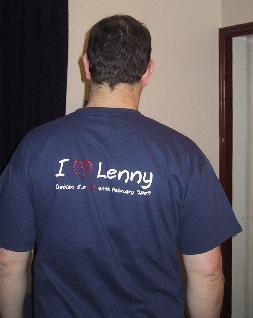 Quite a number of the revellers also bought some of our shiny new
Lenny release T-shirts! If you'd like one, look at the details
Quite a number of the revellers also bought some of our shiny new
Lenny release T-shirts! If you'd like one, look at the details  My friend
My friend 
 (
( With Hans Reiser
With Hans Reiser